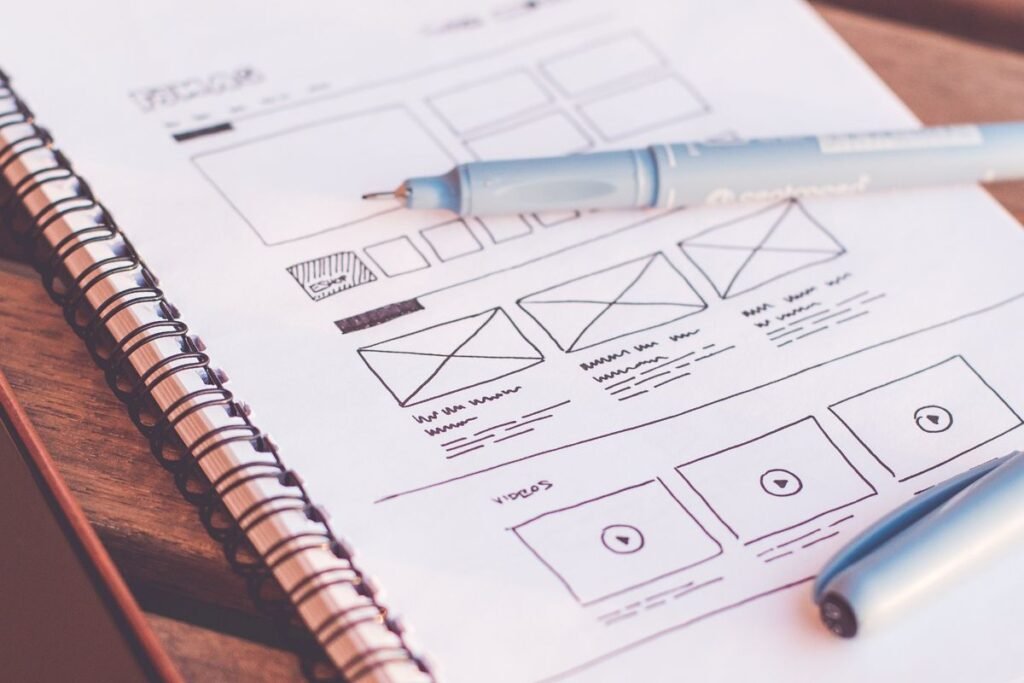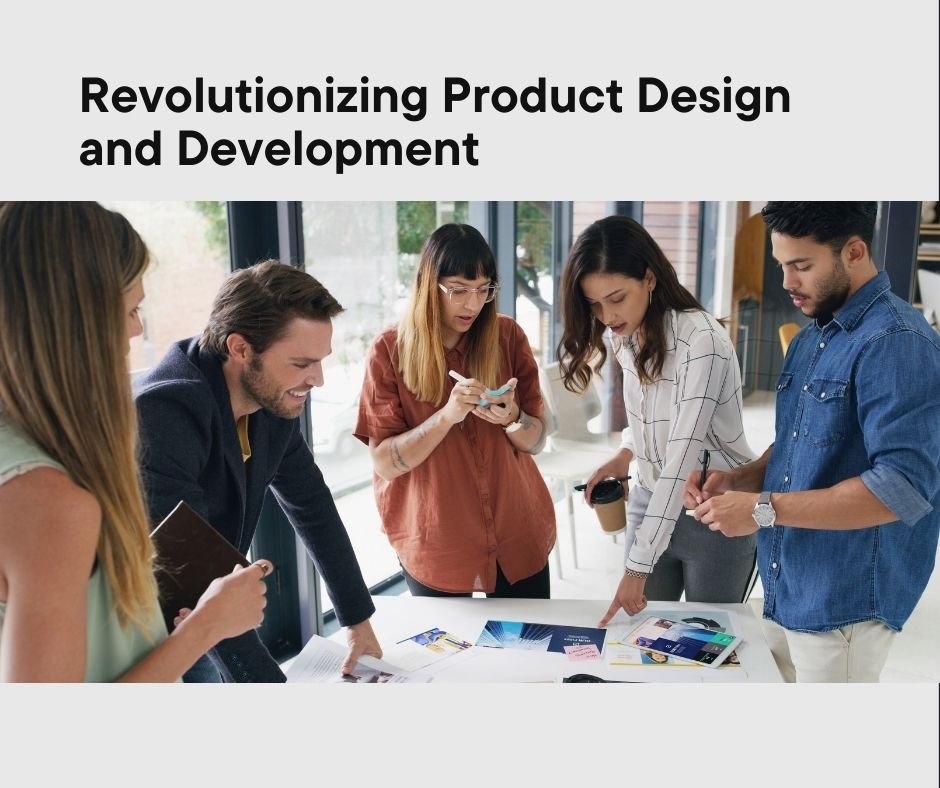Product Development Life Cycle Management
Product Life Cycle Management (PLM) is a strategic approach to managing a product’s life cycle from development to its final phase. The product life cycle describes how a product undergoes transitions from being popular rapidly to retiring from the market.
At Humans Meta Tech, we offer a team of experienced professionals with exceptional skills in taking maximum advantage of designing your product and strategizing its life cycle of growth. To transform your business through cutting-edge technology solutions, you must plan to engage in all aspects of the product life cycle, from design and development through distribution, marketing, and sales in product life cycle management.

Product Life Cycle Management (PLM)
The Product Development Life Cycle is a step-by-step approach to product development that ensures a product’s long-term viability from beginning to retirement. By following these stages of planning, design, development, production, marketing, distribution, sales and management, and end-of-life, you can effectively manage your products, meet market demands, and achieve long-term success.
In other words, the product life cycle describes the stages that a product is built to experience over its lifespan. Additionally, it is a valuable source of information for managers to help them analyze and develop strategies for their products as they pass through and out of each stage.
.
Product Development Life Cycle Steps
01
Planning
The planning stage is the beginning of the product life cycle, in which we identify market needs, set objectives, and define the product’s scope of operations. When you are going to market your product, you must be aware that relevant projects might involve market research, practicability studies, and resource planning. Likewise, we have a team of experts who can make effective plans that ensure that the product aligns with business goals and market demands.
02
Designing
Product designing is the beginning stage where we make product prototypes and test them to create a more user-friendly product appearance. In the design phase, the product concept is transformed into specifications, with a focus on creating prototypes, selecting materials, and defining the product foundation. However, to design a fully functional product, good collaboration between designers, engineers, and stakeholders helps ensure the design meets functional and design requirements.
03
Development
During the development stage, the product design is transformed into a working prototype. When we get a product design prototype, our task is to test it, and when it is fully tested, our next take is to develop a fully functional product with the help of development experts. This involves coding, testing, and refining the product to ensure it meets quality standards. More importantly, a series of continuous testing and feedback checks is essential to address any issues and improve the product’s performance.
04
Production
The production phase involves designing and producing the product at a significant level. In this phase, we produce high-quality products in a specific quantity to launch our product in the market. These steps include setting up production lines, sourcing materials, and ensuring quality control. However, you must develop quick and effective production workflows, which are essential to meet demand and maintain product quality.
05
Marketing
When you have fully produced your product in a specific quantity, then the next most important task is to market it so that it establishes a relationship with potential customers. Marketing is very influential in establishing awareness and growing demand for the product so that people can access it more easily. This stage involves developing marketing strategies, creating promotional materials, and executing promotional activities or advertisements. However, establishing a relationship with the target customer base and taking advantage of various marketing channels are binding steps to successful product delivery.
06
Distribution
After marketing your product, you will get potential customers who are ready to buy from you, and your task is to collect their orders and make sure they get your product with the best possible shipping method. The distribution process ensures that the product reaches its expected customers simply by dealing with the management of shipping, warehousing, and transportation. However, professional distribution networks and partnerships with suppliers or distributors are essential to ensuring timely delivery and distribution of the product.
07
Sales and Management
Now, you have built a strong customer base and product distribution process to deliver your products and supply them to your customers. Sales and management focus on driving business growth and managing customer relationships, in which you set sales targets, train sales teams, and set up customer support systems. Furthermore, building a successful sales strategy and customer management are very important for maintaining market share and customer loyalty.
08
End of Life
The end-of-life stage involves deciding to take the product off the market after a certain period when it is not very profitable, or you just want to launch a new one. This occurs when you have sold enough of your product, and now you want to stop selling it and launch a new product for better business goals. This also includes managing products, discontinuing production, and providing support for existing customers. When you decide or plan to retire a product, make sure it results in a smooth exit and doesn’t have any damaging impact on customers or the business.
Join Now!
Join our Team of Experts and Enhance Your Product Development Lifecycle
We encourage you to attach with our team of specialists in managing and developing product lifecycles and designing the products. If you are launching a new product or improving your prebuilt product, we are here to turn your invention into a successful product.
.
Stages of the Product Life Cycle
The product development lifecycle stages involve identifying where your product is and how it will perform in terms of market demand. When you look at small business marketing strategies, you will most likely see four different product life cycle levels, such as development, growth stage, maturity, and declining stage.

Development Stage
Development is the most important stage, or the first phase of the product life cycle, in which you set up the type of product you want to introduce to the market. For example, market research is likely to look at potential business growth opportunities and determine current market demands.
Then, you should take a look at your company’s resources. This way, you can figure out how to produce a product that would generate revenue and, simultaneously, fulfill the market demands to satisfy those needs.

Growth Stage
When your product is developed and ready to be introduced to the market for the first time, it will start to gain popularity over time. And then the growth stage starts, and your focus should be on reaching out through public relations campaigns and increasing sales to attract as many interested people as possible.
Once the product becomes more popular, you may see a rise in sales, and revenue generation, and then your task is to do the marketing and distribution of your product on a large scale.

Maturity Stage
When your product is consumed in a massive capacity and the industry becomes flooded with competitors, your business will reach the maturity stage of success. This raises the possibility of increasing market competition, leading to a potential fall in sales. While your sales numbers may not immediately decline, they will not increase as rapidly as before. To address this, consider investing in product packages to encourage more consumers to purchase your products, or connect with our team, they will help you identify a better solution.

Decline Stage
This stage is reached when a product starts to experience a drop in market share that will be due to an increase in competition, customer behavior, and declining interest in the product is slowing down. Knowing the product life cycle helps us respond faster to these situations. Some products may remain on the market for a few months, while others may stay for decades.
This stage depends on the product strategy you have developed over time and your lifecycle management approach. However, if you are launching your project or facing a decline in the product market, you can get in touch with our product management specialists, and they will give you personalized consultations.
.






